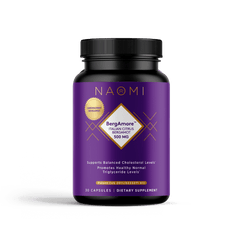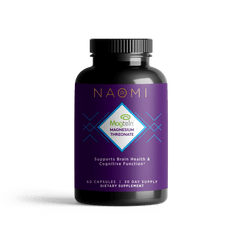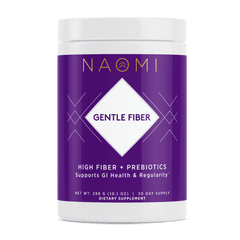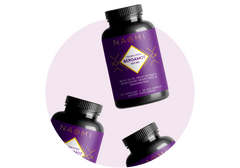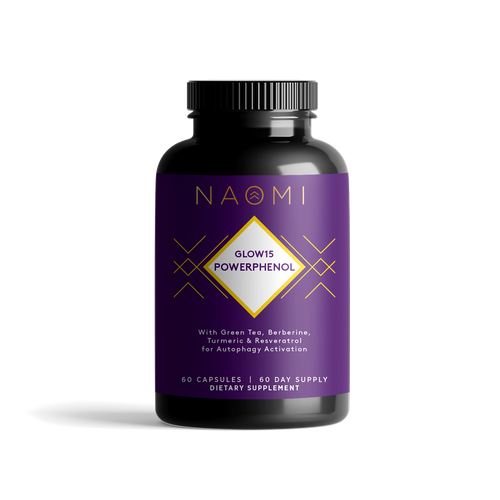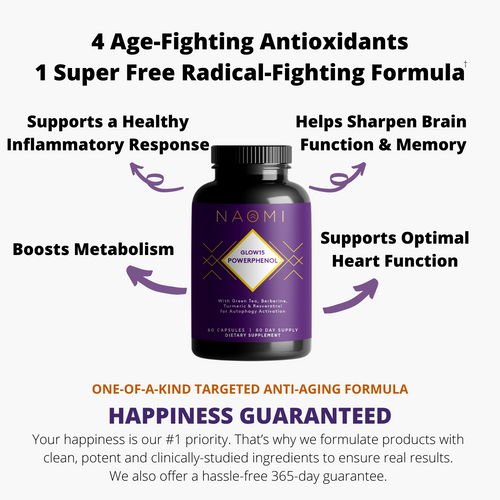Activate Autophagy: The Best Ways to Intensify Your Workout
We all know the importance of exercise. It’s been shown to be good for your heart, your muscles, weight control, mood, and so much more. I love how great I feel after a workout because I know those benefits will far outlast the few minutes it takes me to exercise.
Mood-boosting, muscle-toning workouts are quicker and easier than you think. And the right workout offers the added benefit of activating your cellular self-cleaning process of autophagy without a huge time commitment. In fact, the best methods you can use take no more than 30 minutes.
To do that, you should focus on my two favorite forms of exercise—high-intensity interval training and resistance training. When you alternate between those two, you’ll be alternating the kind of stress that your cells experience, thus maximizing your ability to activate autophagy.
Throughout the years, I’ve really come to love my time exercising—not only because of the benefits and the endorphins I feel when I’m done, but also because I’ve really embraced the sacredness of “me time.” That’s because I really think of this training time as a part of my self-care routine. In many ways, it serves as a mind-cleaner, a mood-booster, and a body-healer. And while everybody is certainly sculpted in the kitchen, exercise goes a long way in shaping your body. Here’s how I recommend you bring these two types of training into your routine, alternating your sessions between the two. Aim for about four days a week.
High-Intensity Interval Training (HIIT)
Don’t be alarmed by the words high-intensity; it refers to high-intensity for you specifically. That is, it’s all relative to your own ability and fitness levels. HIIT involves working in short bursts until you’re out of breath. Why is that important? The limited amount of oxygen activates autophagy.
The way it works is that you do short bursts of intense exercise followed by brief periods of rest. This will burn more fat and increase your post-exercise metabolism, meaning you will burn more calories while at rest. One study found that interval training improved markers of overall health, and the number of mitochondria in cells. This is critical because your mitochondria basically serve as the batteries to charge your cells, so improving their health means increased energy, along with other health benefits such as cardiovascular health and disease prevention.
To do it, you can choose any cardiovascular activity you like: walking, jogging, swimming, cycling, or rowing, for example. (Sports like tennis are forms of HIIT as well because of the cycles between hard intensity and rest.) Here are some sample ways to do it; the scale of 1 to 10 is based on your perceived effort. And you determine your best number of minutes for each activity.
For Beginner Levels- 0 to 5 Minutes: Warm up doing your chosen cardiovascular activity (perceived effort of 3 to 4 on a scale of 1 to 10)
- 6 to 25 minutes: Do 30 seconds of hard effort (8 or 9 on the scale), followed by 30 seconds of lighter effort (4 or 5 on the scale)
- 26 to 30 minutes: Cool down (3 or 4 on the scale)
- 0 to 5 minutes: Warm up doing your chosen cardiovascular activity (perceived effort of 3 to 4 o n a scale of 1 to 10)
- 6 to 25 minutes: Do 1 minute of hard effort (8 or 9 on the scale), followed by 45 seconds of lighter effort (4 or 5 on the scale)
- 26 to 30 minutes: Cool down (3 on the scale)
- 0 to 5 minutes: Warm up doing your chosen cardiovascular activity (perceived effort of 3 to 4 on a scale of 1-10)
- 6 to 25 minutes: Do 2 minutes of hard effort (8 or 9 on the scale), followed by 45 seconds of lighter effort (3 on the scale)
- 26 to 30 minutes: Cool down (3 or 4 on the scale)
The key to success? Pick an activity you enjoy. If you don’t like it, you’re not going to stick with it. There are also fun ways to integrate groups and friends into this workout (like taking a spinning class, which usually involves forms of HIIT). Even walking with a friend—and speeding up to a brisk walk during the harder periods—is a nice way to get in your workout and keep your social connections.
Resistance Training (RET)
Resistance training, which should be done twice a week, is what tones our bodies. It activates autophagy by stressing cells in our muscles, which is the key to maintaining muscle mass, which decreases with age. RET includes weight training, but you don’t have to be a heavy lifter. You can use your own body weight. Some of the best exercises, in fact, do not need to involve any weight at all, such as push-ups, squats, and lunges. Yoga, too, can work as a form of resistance training because many poses are about holding and stabilizing your own body weight.
But if you do like (or are experienced with) weights, that’s great, too. You can use dumbbells, barbells, machines, bands, or even household items that can double as training equipment, like gallons of water, bags of rice, books or laundry detergent.
A study from the University of Mexico showed that RET changes the ways genes are expressed as we age, and the researchers noted that it was an indication of not only slowing the aging process, but also reversing it. RET helps us add lean tissue, which actually helps you improve your metabolism and burn fat. This is because muscles need a lot of calories, so the more you use them, the less calories there are to be deposited as fat.
There are so many combinations of exercises you can do to target various parts of your body. You can see my program in Glow15 if you want ideas, but there are also many online resources and apps that will give you programs and suggested exercises. My general guidelines:
For Beginners- Practice the movement to have perfect form using only your body weight.
- Add weight, in the form of dumbbells or even household items like a gallon jug of water or a bag of rice. Start with the smallest weight and work your way up. Advanced levels can use 5- to 10-pound weights, or more depending on the exercise.
Small steps in the beginning will create habits you will be proud of and will encourage bigger steps in the future. And you’ll see and feel the tremendous results. Try what you’re comfortable with, let your body guide you along the way and you’ll be on the path to wellness and better health in no time.

